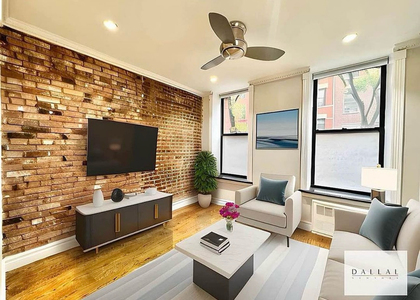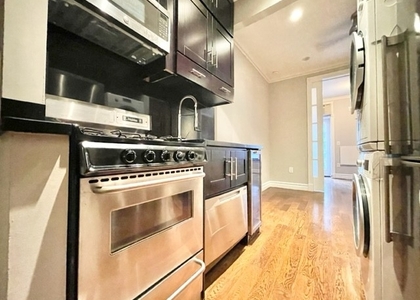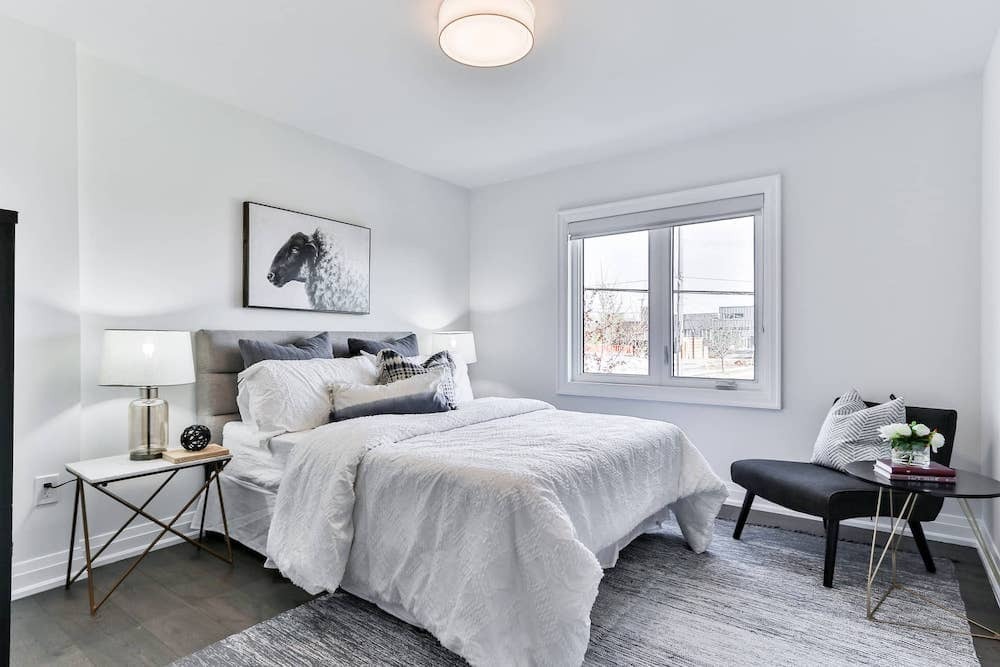Two bedroom apartments are the single most vague and ambiguous description in all of New York. Long gone are the days where you could easily assume an advertised two bedroom listing is a "Classic Six", meaning there are two full bedroms, a living room, a kitchen, a dining room, and amazingly, a room for the help (bathrooms are assumed included with each bedroom). Interestingly, the easiest place to find them now are in Upper East Side co-ops lining Central Park (with price tags over $2 million at the lower end). In the current rental market, a naive filter for two bedroom apartments can show any of the following floorplan types: a flex two bedroom, a barbell two bedroom, a railroad two bedroom, a one bedroom with convertible home office, and even the newest conconction, the superflex two bedroom.
Yes, the floorplan will matter a lot. For a studio, you generally know what you are getting, so the main floorplan question is the size and shape of the apartment. Usually a studio will be square, rectangle, or L-shape, ranked in order from most to least desirable (yes there is the occassional very odd tetris shape, but that is a big outlier). When you and a roommate are looking for a two bedroom, there are at least a few key questions you should be asking. Is there only one bathroom or two? Does one bathroom have a tub and the other only has a standing shower? Who will live in the master bedroom, and will guests use the same bathroom? Is there a spacious living room for entertaining? Do all bedrooms have floor to ceiling walls, or is it a conversion wall, meaning no retreat from sounds, light, and smells from the kitchen and living room.
A railroad two bedroom apartment has nothing to do with living near the train tracks or the Metro North line. The term refers to the floorplan layout of the unit, and it is much less desirable to be in railroad formation. Picture your favorite NYC train. Whether it is Amtrak, the 123 subway line, or the Long Island Rail Road, all trains cars are generally connected end to end so that you walk through one car to get to the next car. That is exactly how a railroad two bedroom works; you have a front room that connects to the back room, but there is no actual hallway separating the two. Whoever lives in the front room will always have more pass-thru traffic and the back room has much more privacy. A very close cousin of the railroad two bedroom is the flex two bedroom.
The flex two bedroom might actually be the most popular floorplan now for young professionals moving and searching for apartments in NYC. The original apartment only had one real bedroom, but the living room is large enough and situated properly so that the a well-placed wall or partition creates a second bedroom. The flex bedroom may or may not live up to the official definition of a legal Department of Buildings categorized bedroom (normally because the wall is not full floor-to-ceiling), but that matters little to tenants attempting to find the best bargain in town. A flex two bedroom almost always requires that the bathroom be accessible from whatever little common space is leftover. Even in the most ideal case, the flex two bedroom usually leaves the reamining living room with no natural sunlight (other than the light creeping over the top of the partition wall). If the flex bedroom is not truly partitioned and lacks proper privacy, then the resident of the flex has many of the same problems of the railroad two bedroom. Anyone in the kitchen and living room may disturb or intrude on the artificial flex room.
Most roommate pairs are able to come to a fair agreement on how to divide the rent between the true bedroom and flex bedroom. Common differences range from $100-200 in monthly payment. For example, for a $3,450 flex two bedroom, the real bedroom tenant pays $1800 while the flex bedroom tenant pays $1650. The actual difference depends very largely on the quality and inconvenience of the flex, and the difference can easily be much more or none at all. One piece of advice to consider is that no one will ever feel that things are completely fair. For example, the person with the smaller room almost always pays a lower share of the rent, but that same person probably uses the common living room and dining area space more than the other roommates. Why is that? Obviously, because the room is too small! His or her center of mass while in the apartment is probably on the living room couch (excluding sleeping time), while the roommates with full, real bedrooms stay inside their rooms.

























